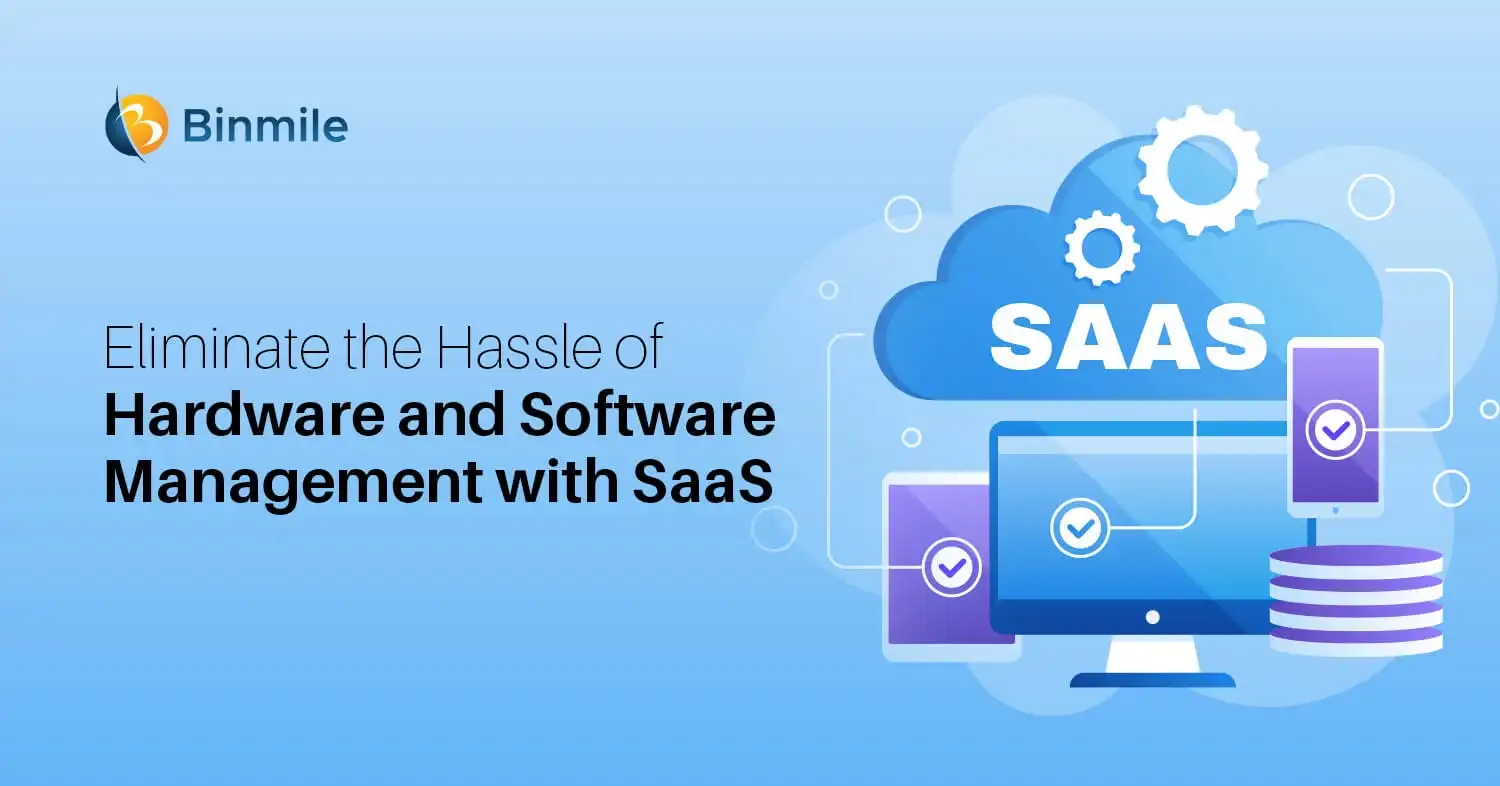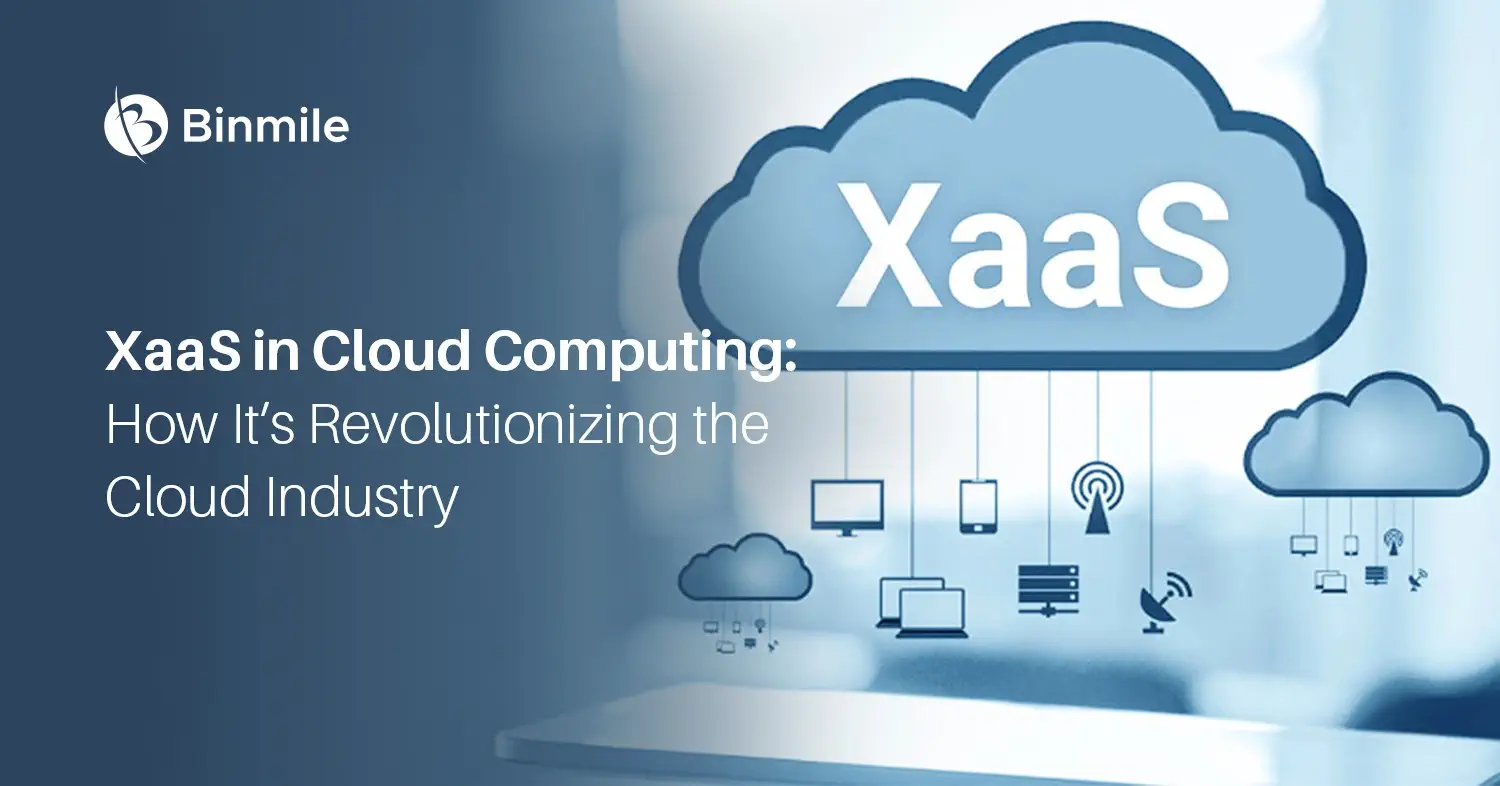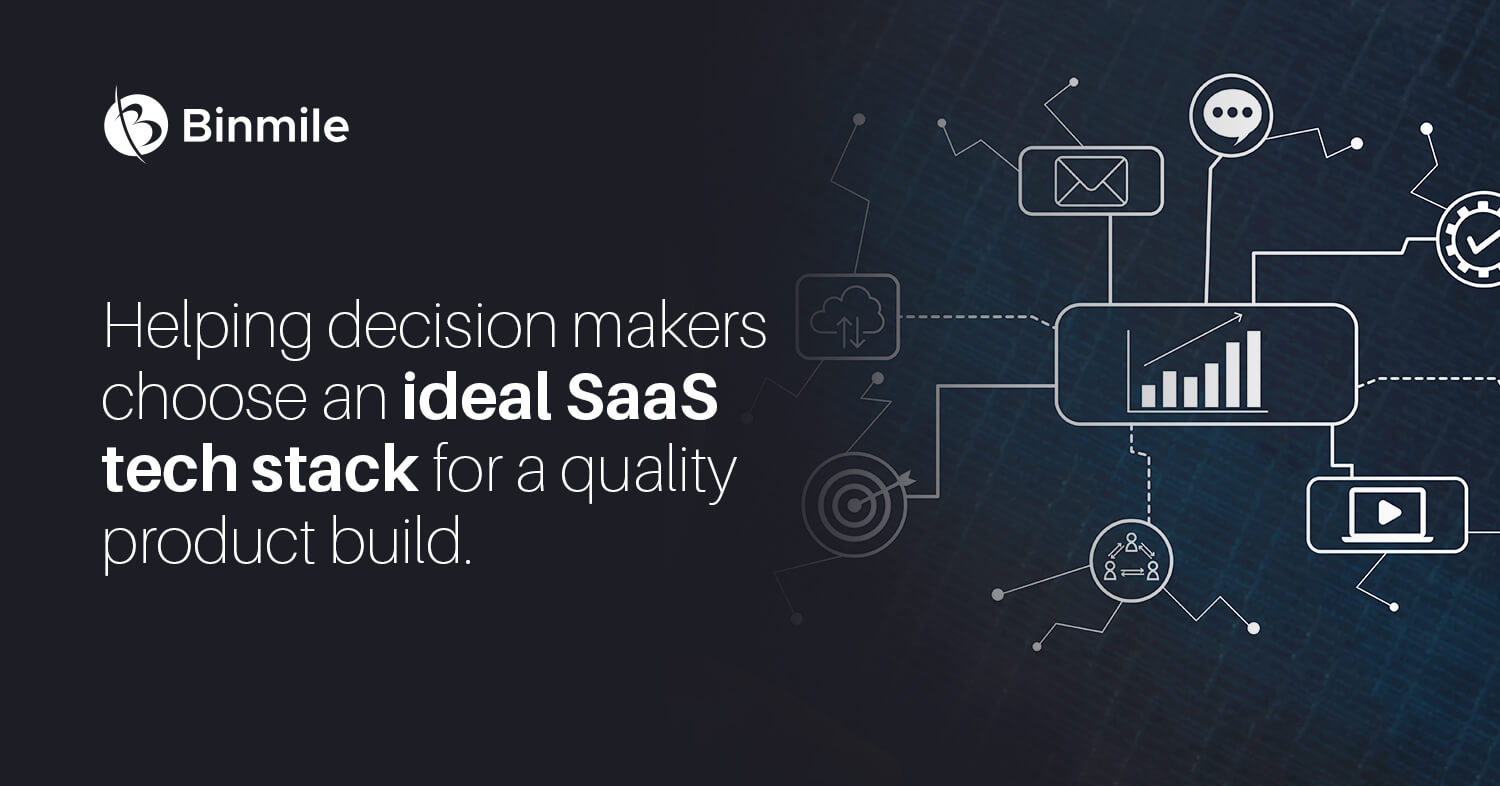- application development company
- Challenges that a SaaS Application Development Company Might Face
- Custom SaaS App Development
- digital product engineering
- Principles of SaaS Security
- SaaS App Development Company
- SaaS Application Development Best Practices in 2024
- SaaS Security Best Practices to Secure Applications
- Top SaaS Security Best Practices to Secure Applications
Software-as-a-Service (SaaS) applications, also known as web-based, hosted, or on-demand software, are a model of software delivery that provides access to software on a subscription basis over the internet. SaaS offers numerous benefits like agility, accessibility, more manageable payment options, consistent updates, scalability, and everything else that might be required for a business to grow. It effectively eliminates the hassle of hardware and software management.
However, with great power comes great responsibilities. The value of the SaaS market has been forecasted to grow from USD 146 billion in 2021 to USD 193 billion in 2023, and with this, security issues remain an alarming concern and a significant challenge. SaaS applications contain humongous amounts of sensitive data. Since they can be accessed across almost all devices, they are exposed to the risk of being breached.
SaaS security refers to managing sensitive data and safeguarding it against cyber-attacks. This article will discuss the principles of SaaS security, some challenges, and the best practices a SaaS application development company can use to combat them!
Principles of SaaS Security
There are several principles that any SaaS development company should adhere to. They are as follows:
1. Understanding Whom to Grant Access to
The security should be strong enough to understand and identify whom to grant access permissions. Instead of access to all, access control should be role-based. Technologies like granular permission and two-factor authentication might help.
2. Constantly Upgrading the Virtual Machine
Virtual Machines should undergo constant upgradation on the advice of the Chief Information Security Officer (CISO), the main personnel entrusted with data protection.
3. Incorporating Network Control Techniques
Once the security threats are identified, added layers of security can be incorporated with the help of technologies like jump servers and Network Access Control List.
Chief Information Security Officers should also implement firewall rules. One can keep a tab on incoming and outgoing traffic by setting specific security rules with the help of Intrusion Detection Systems and Intrusion Prevention Systems. This will help to secure the internal network against untrusted external networks.
4. Protecting the Data against Breach
While dealing with sensitive data, it is essential to safeguard it against stealth. Data residency techniques can keep data confined to a local environment. Techniques like PII evaluation and encryption can also be of immense help!
Zero-touch IT approach can help improve security by eliminating the scope for a manual touchpoint. However, all of this should be done keeping in mind that the productivity of the applications is not sacrificed.
There should also be a robust incident management system that can foresee security attacks and send prior information. Incident management helps in tracking, capturing, and monitoring incidents.
SaaS application architecture should also be designed in a way so that the applications can optimize content delivery with the help of CDN. This helps to reduce downtime and mitigate the risk of security gaps and loss of valuable data.
Also Read: SaaS Applications: Game-changing Technology for Businesses
Some Common Challenges that a SaaS Application Development Company Might Face
Although Cloud services have a wide range of benefits, some challenges are associated with SaaS application development services. A digital product engineering company offering SaaS application development services has to trust a third-party vendor with all its sensitive data, increasing the risk of information security blunders such as phishing attacks, data exfiltration, etc.
Listed below are some of the common challenges that a SaaS development company might have to come across:
1. Unauthorized Access
This is one of the main advantages of SaaS, but it also stands as a disadvantage. SaaS applications help users share files easily with stakeholders within and outside an organization. There is also a provision for users to configure the file-sharing permissions easily.
Some companies deal with sensitive user information such as personal details, health records, bank details, and so on. This can lead to a data breach, and it takes a robust IT security method to keep track of such exchanges.
2. Misconfigurations
SaaS application development services are used for performing many complex tasks. Although SaaS has made it easy to incorporate complex functionalities into a product, this added layer of complexity also exposes a product to risk due to the chances of misconfiguration.
It is important to be careful with the configuration, no matter how daunting it may seem. But the product remains exposed to attack for the correct configurations that can match the company’s policies, online business security guides, and security standards.
3. Virus Attacks
SaaS applications can be accessed from anywhere; it only takes a stable internet connection. However, this can be seen as a disadvantage as well. Imagine accessing an application through an infected device with malware and virus!
Not only this, but accessing a SaaS application through public WiFi can also lead to security issues.
4. Data Storage Patterns
One of the biggest disadvantages of using SaaS for product development is that you do not have any control over the management and storage of data. It is entirely upon the providers to store your data.
Therefore, before you purchase a subscription, make sure you enquire about the pattern of data storage, the security measures that will be taken to safeguard the data against breach, and recovery mechanisms in case data is lost. There should not be any obscurity of information.
5. Insecure APIs
API is the abbreviated form of Application Programming Interface, which helps streamline the cloud computing process. However, insecure APIs can provide hackers with the vent needed to make their way into the entire system and disrupt it.
We also cannot overlook the chances of an insider with malicious intentions that might take advantage of having access to confidential data and leak sensitive information.
The next section will discuss some of the best practices that can help a SaaS application development company to mitigate security risks.
The Best Practices to Secure Saas Application Development Services
This section discusses some best practices organizations can use to mitigate security threats. These best practices will help to eliminate attacks, increase viability, and improve overall security. Let’s explore!
1. Limit the Access
We are all aware of the proverb- too many cooks spoil the broth! Granting admin-level access to too many people is harmful and a significant source of security breaches. Access should be provided for limited durations and renewed as per requirement. This will help to withdraw the privilege of access to an application from anyone who is no longer associated with the organization.
Users should also be granted limited access based on their roles. They should only have access to the required portions to accomplish their task.
2. Multi-Factor Authentication
Multi-layer authentication is a popular security technique where users cannot access an account using a single set of credentials. MFA requires users to authenticate more than once before logging into an application.
Multi-factor authentication can be done in different ways. A time-bound OTP via e-mail or SMS is one of the most popular two-step authentication methods. Another way of two-factor authentication is a Hash-based Message Authentication Code, in which the server and the client are provided with the same set of shared codes to ensure that access is provided to the right person.
3. Using a Virtual Private Network
Virtual Private Network or VPN helps to provide remote access to the internal network with all the tools required for developing a SaaS application architecture. VPN ensures a safe environment for storing and managing data because, in VPN, the access endpoints are secured.
4. Data Encryption
There might be some obscurity concerning the data storage pattern that your provider is using. Data encryption helps maintain data confidentiality and prevents its breach or theft.
In SaaS applications, data might either be in motion or at rest. Data encryption is of the utmost importance because it ensures that data, both in motion and at rest, is safe from the eyes of hackers. This doesn’t only protect the data, but the data is also backed up, which provides maximum security.
5. Vulnerability Assessment
It is also ideal to have a robust security testing system that can identify the security vulnerabilities, such as Cross-Site Scripting, Cross-Site Request Forgery, and SQL Injection, which can add malicious content to your product.
Having security tools can help to identify these vulnerabilities at an early stage and get rid of them. This helps save time and effort while safeguarding the data against any kind of cyber attack.
An organization’s security posture refers to its ability to combat security threats. SaaS Security Posture Management has techniques to keep cybersecurity threats at bay! SSPM improves the visibility of the security of the SaaS application architecture and also alerts in case of misconfiguration.
Read more: Guide To A Successful SaaS App Development
Conclusion
Needless to say, SaaS is gaining remarkable popularity. It has also been estimated that by 2025, 85% of applications used by companies will be developed using SaaS cloud computing technologies. Aligning with the best SaaS security practices can help companies successfully eliminate the risk of cyber threats and reap the best benefits.
If you are seeking a reliable software development company to help you develop SaaS products, Binmile is here to help! Opting for web development services from trusted professionals will ensure your data remains unbreachable. The team of experts offers the best SaaS application development services that will enrich the customers’ experience and bring visible results by contributing to your business’ growth.









